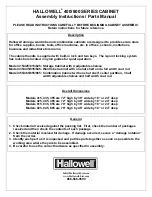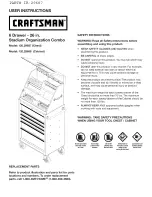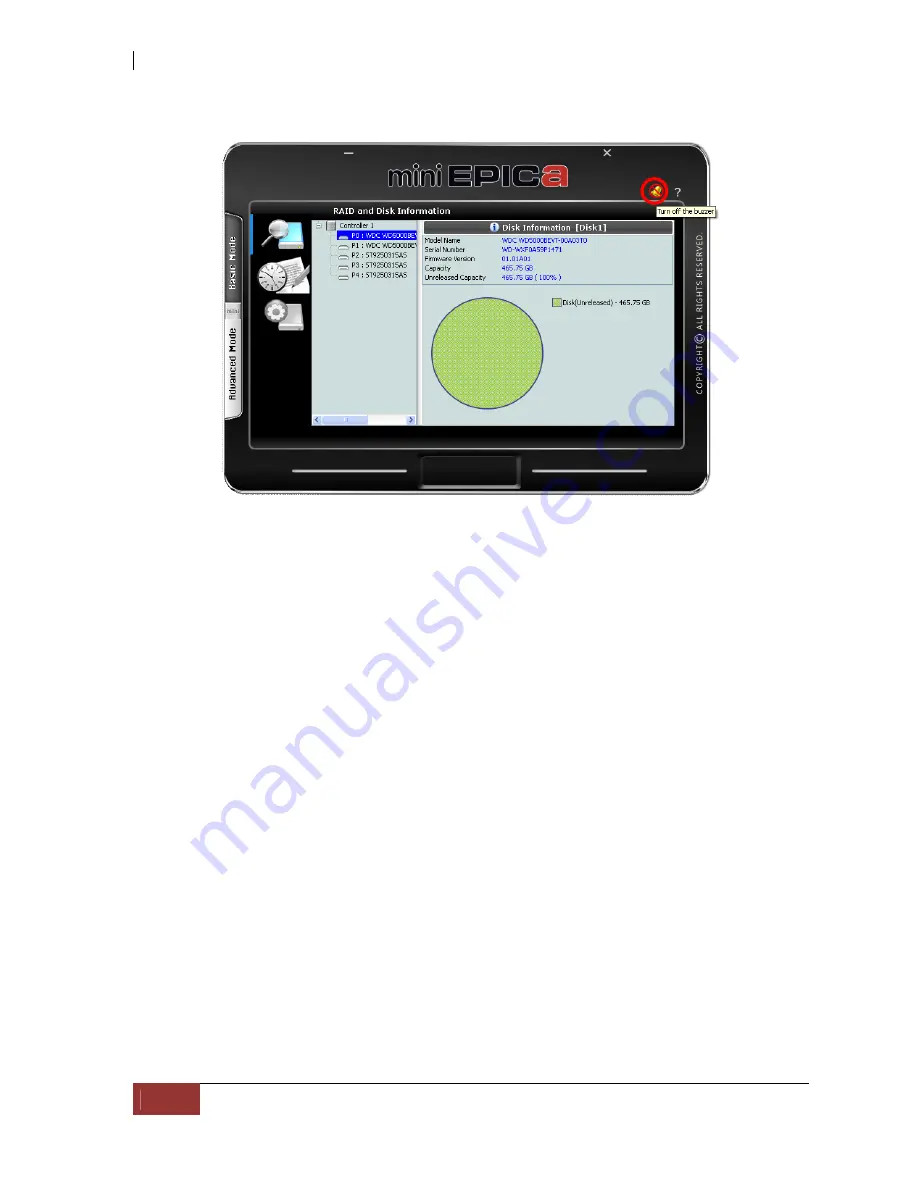Reviews:
No comments
Related manuals for iS05AAUW8

400 Series
Brand: Hallowell Pages: 6

G-DRIVE mobile USB
Brand: G-Technology Pages: 13

Deskstar 16GP
Brand: IBM Pages: 2

Scalar i6000
Brand: Quantum Pages: 384

DLT-V4
Brand: Tandberg Data Pages: 60

TVS-882BR
Brand: QNAP Pages: 74

NESAN E48X
Brand: StorCentric Pages: 53

JX JBOD Series
Brand: JetStor Pages: 4

DAS-300 E
Brand: dallmeier Pages: 32

LC180
Brand: Goonas Pages: 13

GEAR 175-9872-4
Brand: Yukon Pages: 7

H27CH6MS
Brand: Husky Pages: 14

BAULE WOODY GREY 80
Brand: garofalo Pages: 16

706.366440
Brand: Craftsman Pages: 8

706.105950
Brand: Craftsman Pages: 4

76637
Brand: Craftsman Pages: 13

evolv F1711
Brand: Craftsman Pages: 6

120.29687
Brand: Craftsman Pages: 3































